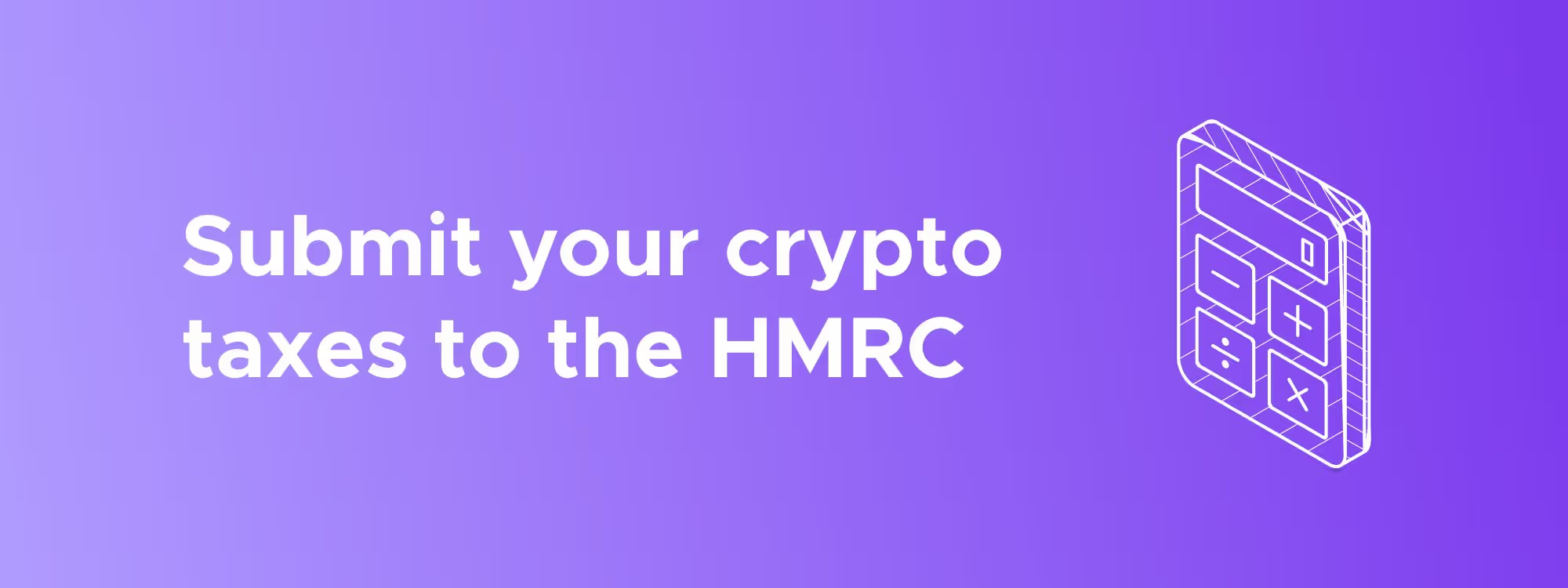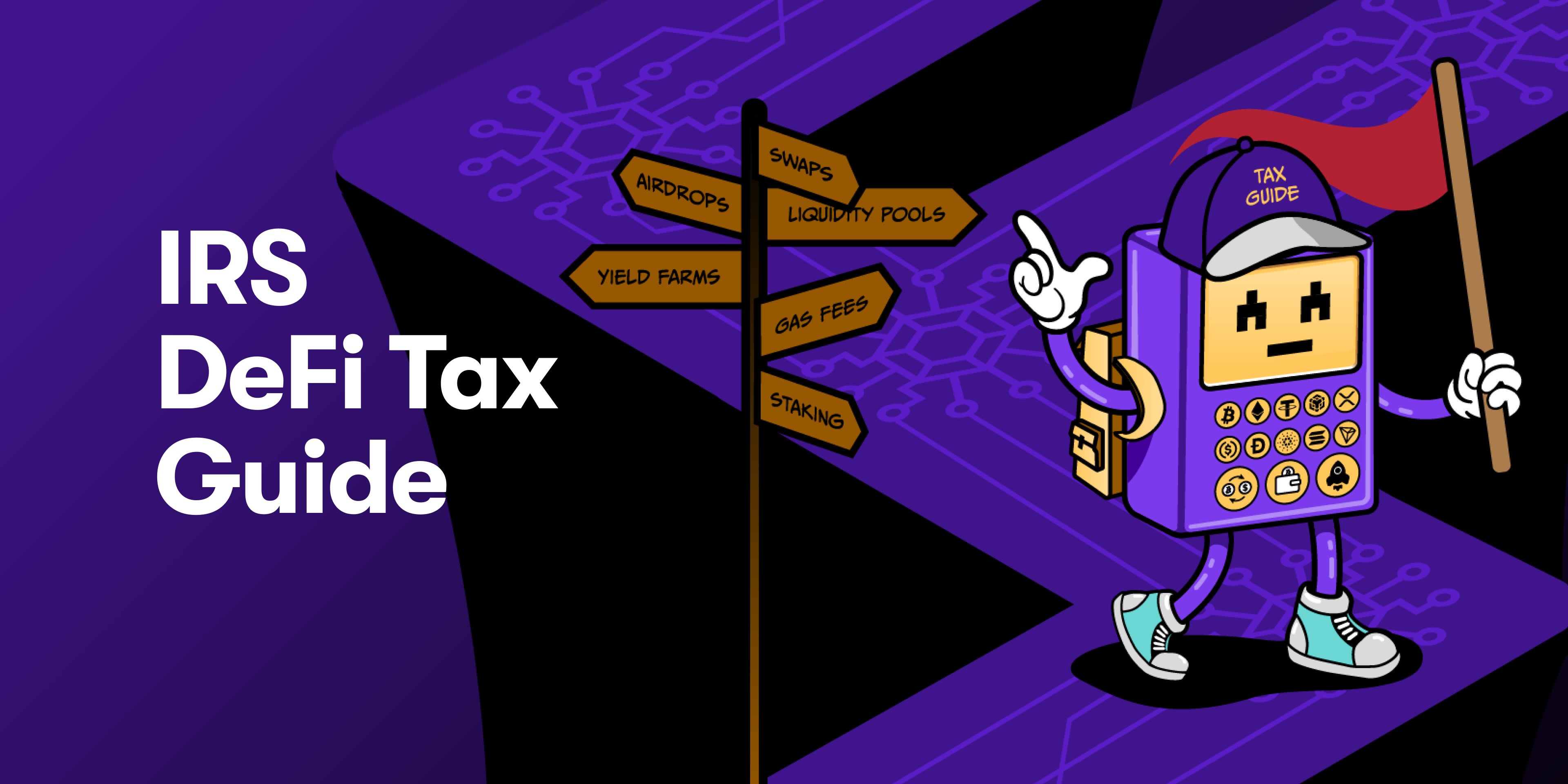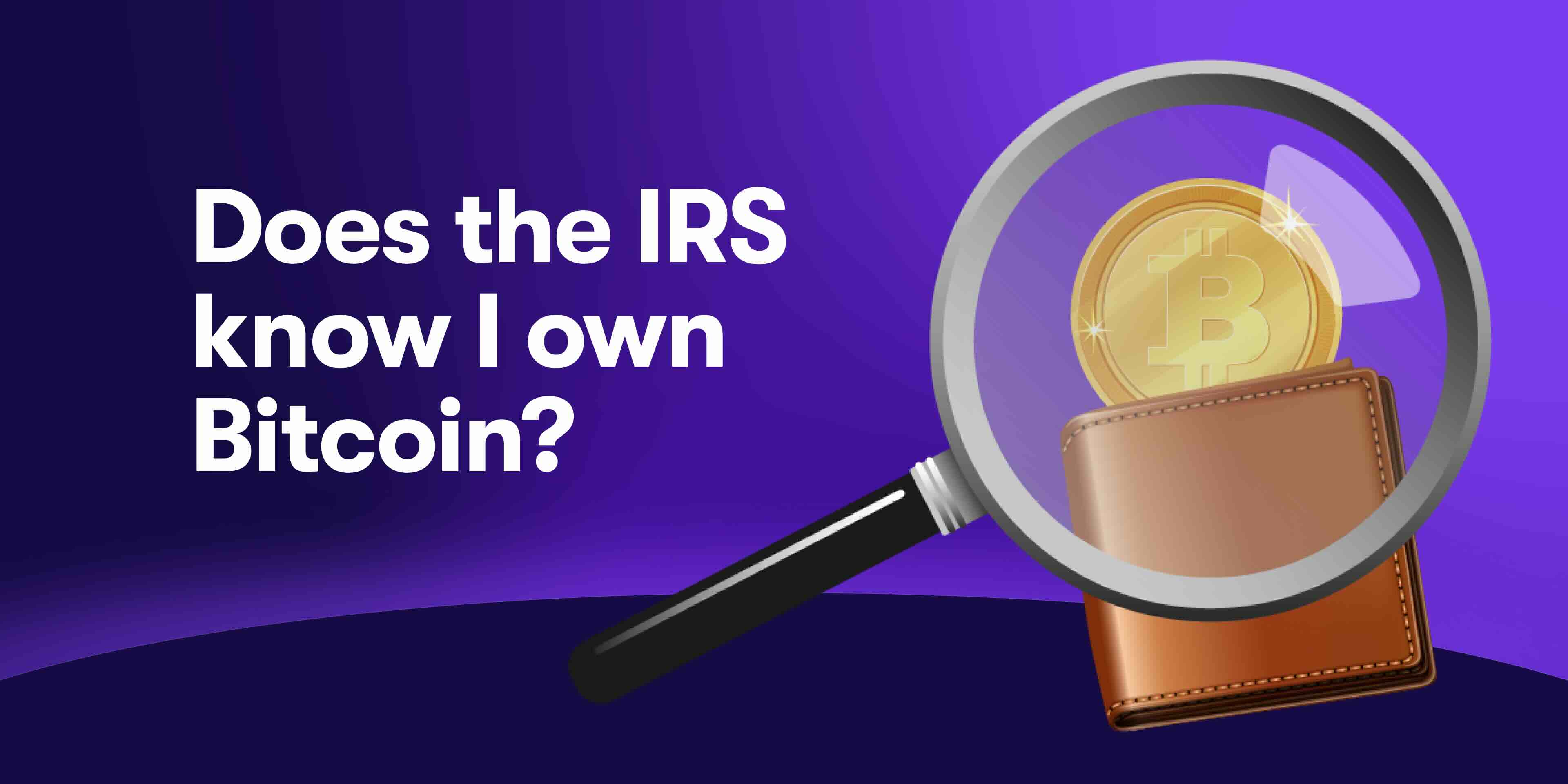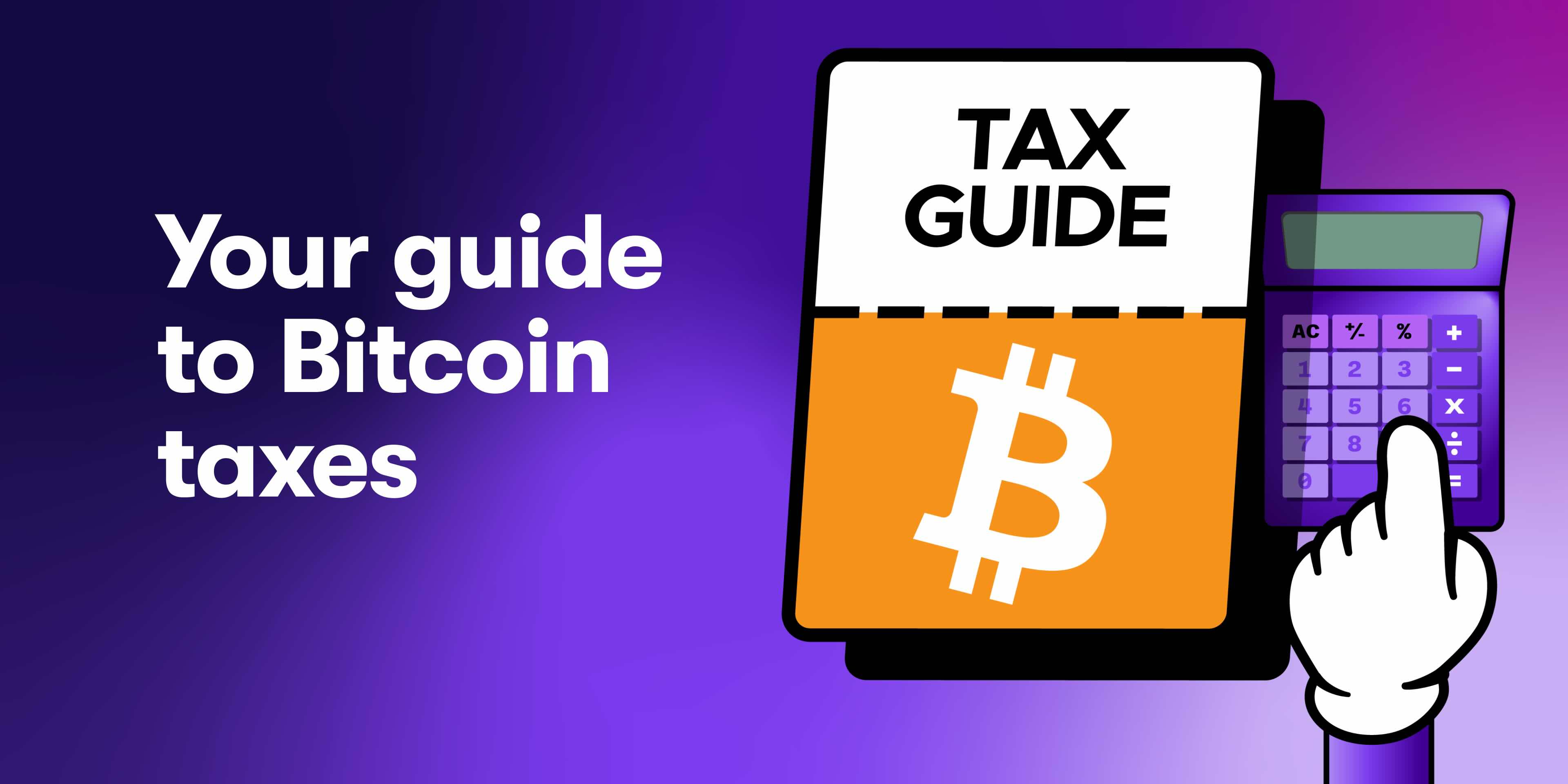Receiving a ‘nudge letter’ from HM Revenue and Customs (HMRC) about your cryptocurrency activities can feel alarming. But don’t panic these letters are part of HMRC’s broader effort to ensure taxpayers understand and meet their tax obligations for crypto assets.
In this guide, we’ll explain what an HMRC crypto nudge letter is, why you might have received one, and the exact steps you should take to respond appropriately and maintain compliance with UK tax law. For a complete understanding of how crypto is taxed in the UK, read our comprehensive UK crypto tax guide.
{{hmrc-nudge-letter-cta-1}}
What is an HMRC crypto nudge letter?
An HMRC crypto nudge letter is a formal communication sent to individuals who HMRC suspects may not have fully reported their cryptocurrency transactions for tax purposes.
These letters are educational in nature—their primary purpose is to remind taxpayers of their obligations and encourage voluntary compliance. Receiving one doesn’t automatically mean you’ve done something wrong, but it does indicate that HMRC has information suggesting you may need to review your tax affairs.
HMRC issues nudge letters as part of their compliance strategy to:
- Prompt taxpayers to self-review: Encourage you to examine your own crypto transactions and tax reporting
- Provide an opportunity for voluntary disclosure: Allow you to correct any errors before formal investigations begin
- Educate about tax obligations: Raise awareness of how crypto assets are taxed in the UK
Why did you receive an HMRC nudge letter?
HMRC may have sent you a nudge letter for several reasons. The most common include:
HMRC has data about your crypto transactions
HMRC collects information from multiple sources to identify individuals who may have undeclared crypto activities:
- Cryptocurrency exchanges: UK-based exchanges are required to share customer data with HMRC. International exchanges may also share information through tax treaties and cooperation agreements
- International data sharing: Through mechanisms like the Common Reporting Standard (CRS), HMRC receives data from overseas tax authorities about UK residents’ foreign accounts and crypto holdings
- Blockchain analysis tools: HMRC employs sophisticated blockchain analytics software that can track transactions and potentially link anonymous wallet addresses to real-world identities
- Third-party reporting: Banks, payment processors, and other financial institutions may report suspicious or significant transactions
Common triggers for nudge letters
You’re more likely to receive a nudge letter if:
- You’ve registered accounts on cryptocurrency exchanges but haven’t reported any crypto-related gains or income on your tax returns
- You’ve transferred significant amounts between crypto exchanges and your UK bank accounts
- You’ve engaged in high-volume trading activity
- HMRC has identified discrepancies between your declared income and your lifestyle or spending patterns
Important: Even if you believe your crypto activities don’t trigger any tax liability, HMRC may still send a nudge letter if their data suggests potential unreported activity.
{{uk-hmrc-nudge-letters-cta-2}}
Immediate steps to take after receiving a nudge letter
If you’ve received an HMRC crypto nudge letter, follow these steps promptly:
1. Don’t ignore the letter
This is the most critical first step. Ignoring HMRC correspondence can lead to:
- Formal investigations with extended timelines
- Higher penalties for non-compliance
- Potential criminal prosecution in severe cases
The nudge letter represents an opportunity to address any issues before they escalate.
2. Read the letter carefully
Examine the letter thoroughly to understand:
- What specific concerns HMRC has raised
- Whether a response is required and by what deadline
- What actions you need to take
- What disclosure facilities or services HMRC is directing you to
Some nudge letters simply provide information and don’t require a direct response, while others may request specific actions within a set timeframe (often 30 or 60 days).
3. Gather your crypto transaction records
Compile a comprehensive record of all your cryptocurrency activities. You’ll need:
- Exchange records: Download transaction histories from all crypto exchanges you’ve used (Coinbase, Binance, Kraken, etc.)
- Wallet transactions: Export transaction data from all wallets you’ve used (hardware wallets, software wallets, etc.)
- Purchase receipts: Records of when you bought crypto, how much you paid, and in what currency
- Sale records: Documentation of when you sold or exchanged crypto
- Dates and values: The date of each transaction and the value in GBP at the time of the transaction
- Income records: Documentation of any crypto received as income (mining, staking, airdrops, payments)
Use crypto tax software like Crypto Tax Calculator to automatically import and organise your transaction data from multiple exchanges and wallets. This can save hours of manual work and reduce errors.
4. Review your previous tax returns
Compare your transaction records with your previously filed Self Assessment tax returns to identify:
- Any crypto gains or income you didn’t report
- Transactions you may have forgotten about
- Errors in calculations or reporting
Be thorough in this review – it’s better to discover and address issues yourself than to have HMRC find them during an investigation.
5. Calculate your tax liability
Once you’ve identified any unreported transactions, calculate the correct tax liability:
- Determine which transactions are subject to CGT and which to Income Tax
- Calculate your gains and losses for each tax year
- Apply the appropriate annual CGT allowance for each year
- Calculate the tax owed at the correct rate
This can be complex, especially if you have transactions across multiple years, exchanges, and crypto assets.
Your crypto tax obligations in a nutshell
Before responding to the nudge letter, you need to understand which of your crypto activities may trigger tax obligations. HMRC treats cryptoassets as property, meaning most transactions are subject to either Capital Gains Tax (CGT) or Income Tax.
| Tax Type |
When It Applies |
Common Examples |
Key Details |
| Capital Gains Tax (CGT) |
When you dispose of crypto |
- Selling crypto for GBP
- Exchanging one crypto for another
- Using crypto to buy goods/services
- Gifting crypto (except to spouse)
|
- Annual allowance: £3,000 (2024-25)
- Rates: 10% (basic) or 20% (higher/additional rate)
- Losses can offset gains
|
| Income Tax |
When you receive crypto as income |
- Mining rewards
- Staking rewards
- Airdrops
- Payment for work/services
- DeFi yield
|
Taxed at your marginal rate (20%, 40%, or 45%) based on the GBP value when received |
What about holding crypto? Simply holding crypto is not taxable. You only owe tax when you dispose of it or earn it as income.
{{hmrc-nudge-letter-cta-3}}
{{hmrc-nudge-letter-cta-4}}
6. Seek professional advice
Given the complexities of crypto taxation, it’s highly advisable to consult with a tax professional who has specific experience with cryptocurrency. They can:
- Review your transaction history and tax position
- Identify any areas of concern
- Calculate your accurate tax liability
- Advise on the best approach to disclosure
- Help minimise penalties through voluntary disclosure
- Represent you in communications with HMRC
Look for accountants or tax advisors who specifically mention cryptocurrency or digital assets in their expertise.
7. Make a voluntary disclosure if necessary
If you’ve identified unreported crypto income or gains, making a voluntary disclosure to HMRC is crucial. Voluntary disclosure demonstrates good faith and typically results in significantly reduced penalties compared to HMRC discovering the discrepancies themselves.
How to make a voluntary disclosure:
- Use HMRC’s Digital Disclosure Service (DDS): This is the standard route for disclosing previously undeclared income or gains
- Prepare a full disclosure: Include all relevant information about the unreported transactions, calculations of tax owed, and an explanation of why the errors occurred
- Calculate and pay the tax owed: Include interest on late payments
- Be completely transparent: Disclose all unreported activity—partial disclosure can lead to more severe consequences if HMRC later discovers additional issues
Penalty reduction for voluntary disclosure:
The penalty for underpaid tax depends on the nature of the error and the quality of your disclosure:
- Careless errors: Up to 30% of the tax due (can be reduced with good disclosure)
- Deliberate errors: Up to 70% of the tax due
- Deliberate concealment: Up to 100% of the tax due
Making a full, accurate, and prompt disclosure after receiving the nudge letter can help reduce penalties towards the lower end of the applicable range. The key is to be completely transparent and provide all necessary information voluntarily.
8. Respond to HMRC within the deadline
If your nudge letter requests a response:
- Meet any deadlines specified in the letter (typically 30 or 60 days)
- Provide the information requested
- Include a Certificate of Tax Position if requested—this is a formal declaration of whether your tax affairs are up to date or whether you’re making a disclosure
If you don’t need to make a disclosure, you may still want to inform HMRC that you’ve reviewed your tax position and believe you’re compliant. This can help close the matter.
What happens if you don’t respond to the nudge letter?
Failing to respond appropriately to an HMRC nudge letter can have serious consequences:
Financial penalties
HMRC imposes penalties based on the nature of the non-compliance:
- Careless errors: Up to 30% of the tax due
- Deliberate errors: Up to 70% of the tax due
- Deliberate concealment: Up to 100% of the tax due
- Offshore matters: Penalties can reach 200% for undeclared offshore crypto assets
For example, if you owe £10,000 in unpaid crypto taxes due to a careless error, you could face an additional £3,000 in penalties. Deliberate concealment could result in £10,000 or more in penalties on top of the tax owed.
Interest charges
Interest accrues on any unpaid tax from the date it should have been paid. This interest compounds over time, significantly increasing the total amount owed.
Extended investigations
Ignoring a nudge letter may trigger a full compliance investigation, which can:
- Extend back up to 20 years in cases of deliberate tax evasion
- Require extensive documentation and time to resolve
- Cause significant stress and disruption
Criminal prosecution
In cases of serious, deliberate tax evasion, HMRC may pursue criminal prosecution, which can result in:
- Substantial fines
- Imprisonment
- A criminal record
While criminal prosecution is rare and typically reserved for the most egregious cases, it remains a possibility for deliberate non-compliance.
Sources
- UK tax authority sends 65,000 letters to suspected crypto tax evaders, The Block, 2025
- HMRC issues new nudge letter to crypto owners suspected of failing to pay correct tax, BDO, 2024
- Crypto investors urged to review tax obligations as HMRC sends nudge letters, Chartered Institute of Taxation (CIOT), 2024
- More than 8,300 nudge letters sent to cryptocurrency traders, UHY Hacker Young, 2024
The information provided on this website is general in nature and is not tax, accounting or legal advice. It has been prepared without taking into account your objectives, financial situation or needs. Before acting on this information, you should consider the appropriateness of the information having regard to your own objectives, financial situation and needs and seek professional advice. Crypto Tax Calculator disclaims all and any guarantees, undertakings and warranties, expressed or implied, and is not liable for any loss or damage whatsoever (including human or computer error, negligent or otherwise, or incidental or Consequential Loss or damage) arising out of, or in connection with, any use or reliance on the information or advice in this website. The user must accept sole responsibility associated with the use of the material on this site, irrespective of the purpose for which such use or results are applied. The information in this website is no substitute for specialist advice.








































































































































































.jpg)









